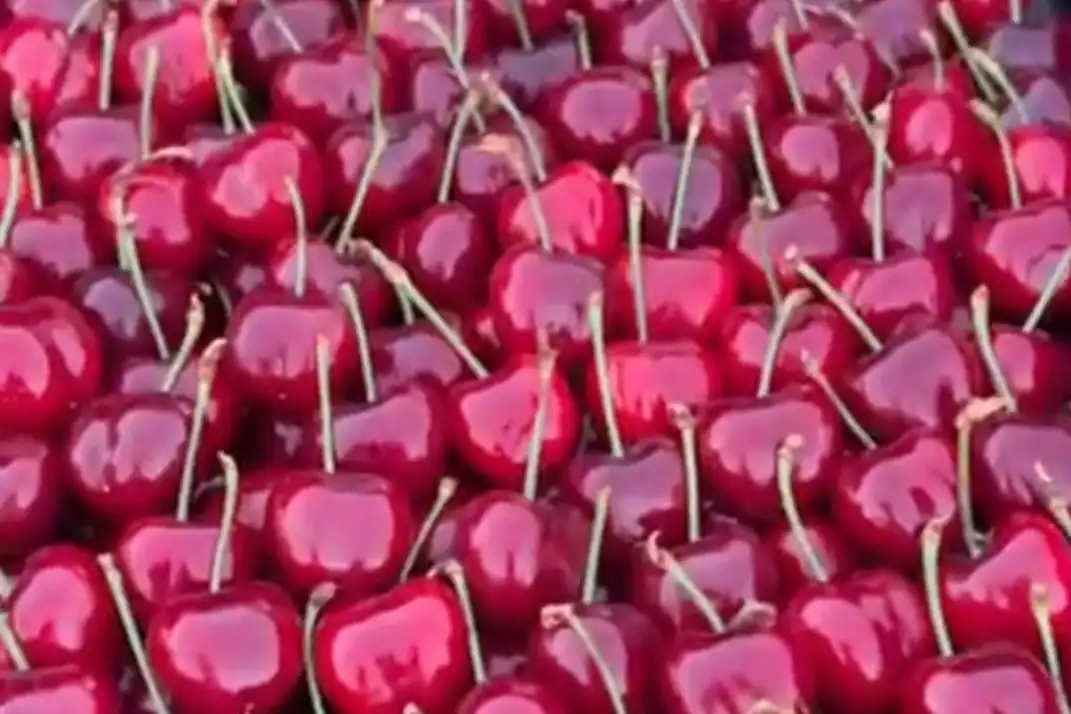The Maule and O'Higgins regions account for 82% of cherry exports. The support for producers aims to help them access more demanding markets, particularly China. At Villa El Descanso, in Curicó, the launch of the Cherry Market Network programme was held, a project co-funded by Corfo that aims to sustainably strengthen the region's fruit industry.
This activity marked the beginning of a new phase for regional producers, who will now have a marketing space, facilitating their foreign trade. Thanks to Corfo's support, a series of activities will be implemented that will have a significant impact on the region's economy and development.
The total area under cherry cultivation in Chile is 63,494 hectares, and the Maule region is the main production centre. Maule is the main exporting region with a volume of 188,806 tonnes, which represents a contribution of 46% of the total. This means a 6 per cent increase over the previous season, thanks to the entry of new orchards.
"We launched in Curicó the prospecting programme for new export markets of fresh fruit for companies with sustainable economic models in the fruit production chain. This instrument is part of the Red Mercado programme, from which more than 10 cherry and apple producers benefit.
The aim is to promote national fruit production in line with sustainable production, contributing to environmental protection.
Furthermore, we are very pleased that many of these producers were previously beneficiaries of a GTT, co-financed by Corfo Maule, where there was accompaniment for more than 3 years for the diagnosis and acquisition of new technologies; now evolving towards this new 'Red Mercado' tool,' said Pablo Elvenberg Aleuy, director (s) of Corfo.
Microclimates from the sea to the mountains
After Maule, the O'Higgins region exports 149,664 tonnes, or 36% of the total export volume. Both regions account for 82% of the export volume, mainly due to their optimal climate for cultivation.
Added to this is the presence of microclimates that vary from the sea to the mountains, allowing the cultivation of both late and early varieties. Finally, participating small and medium-sized enterprises are looking for opportunities to enter more demanding markets, particularly China, generating and strengthening the export capacities of SMEs supplying fresh fruit.
source: Diario Frutícola
Cherry Times - All rights reserved












